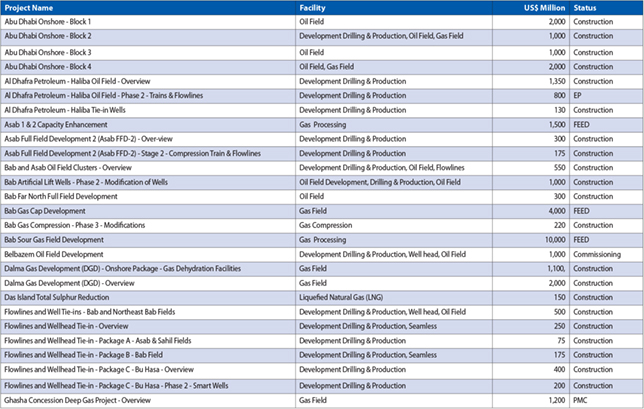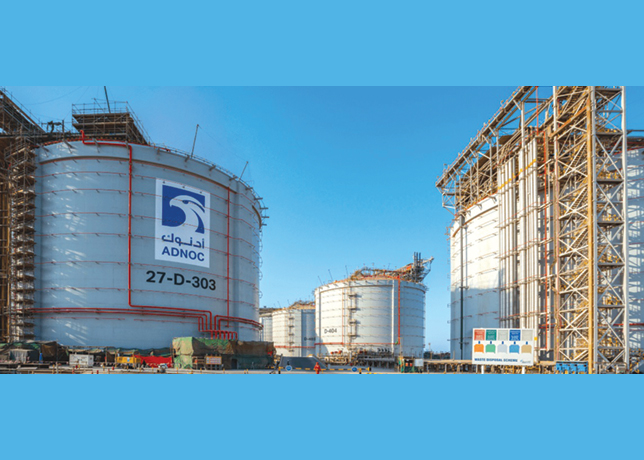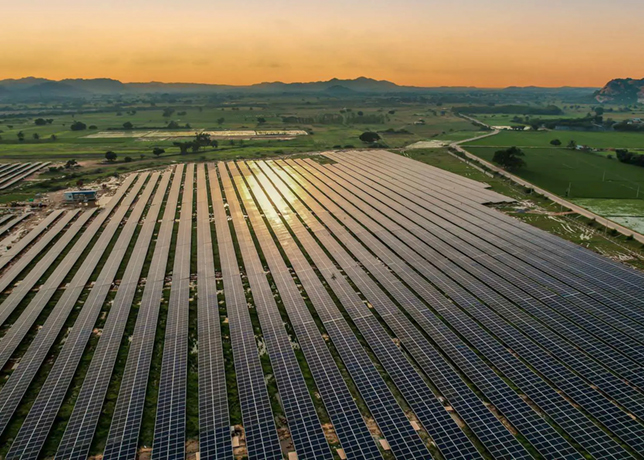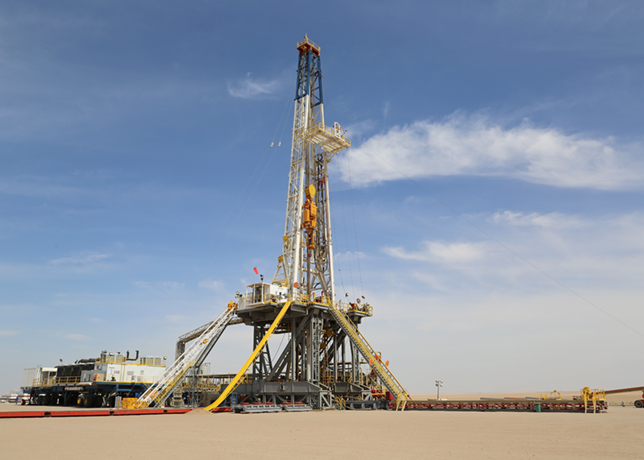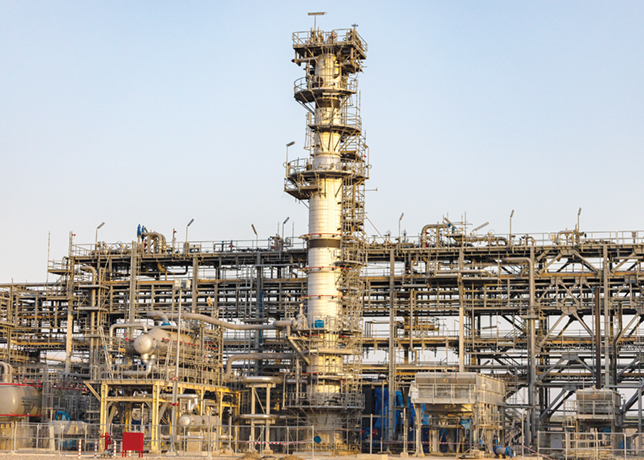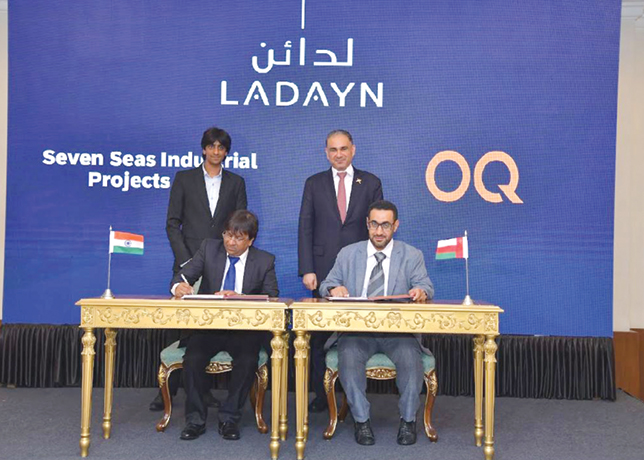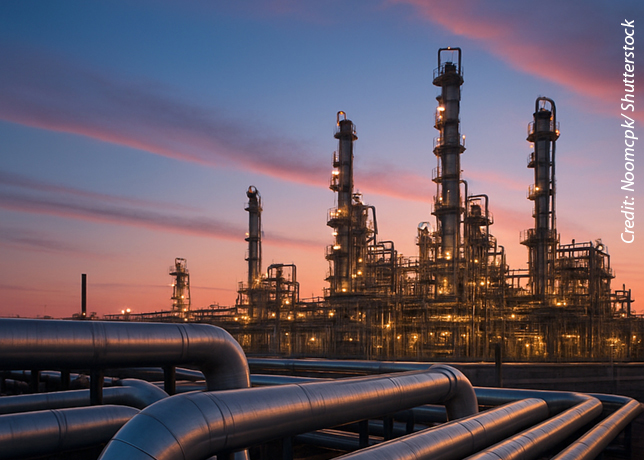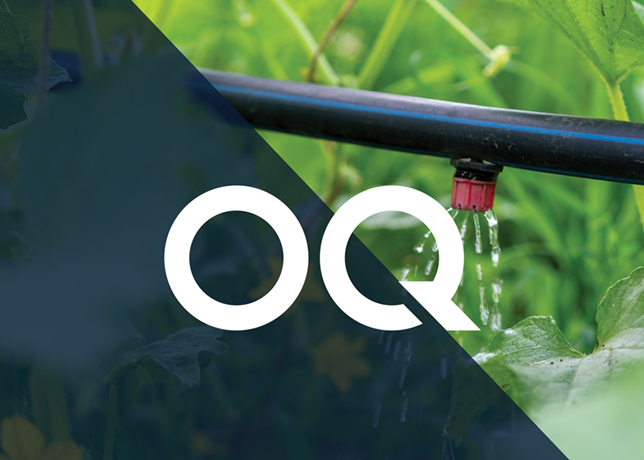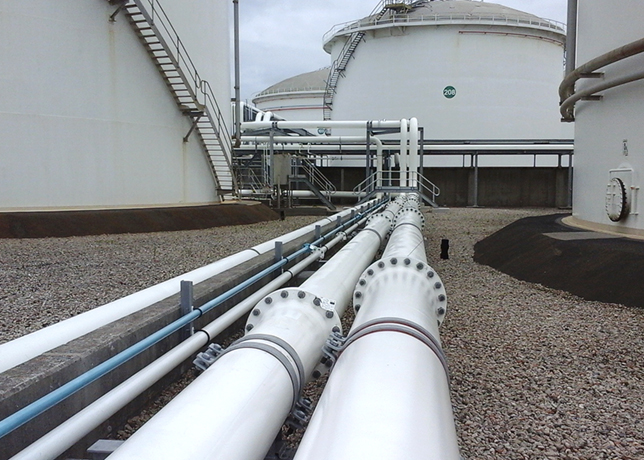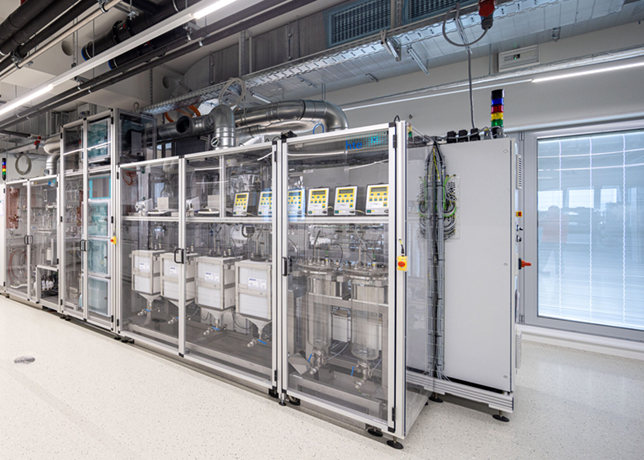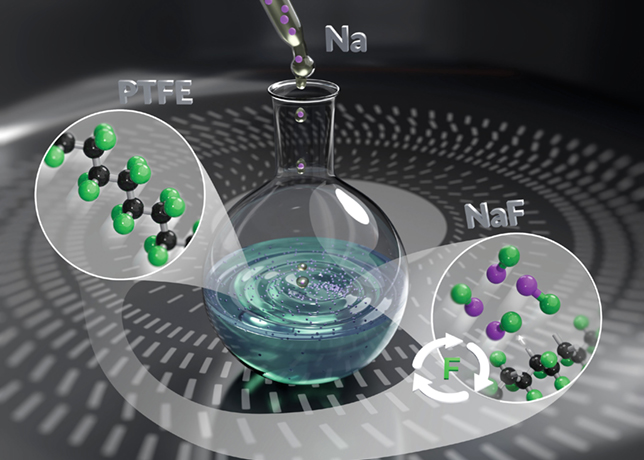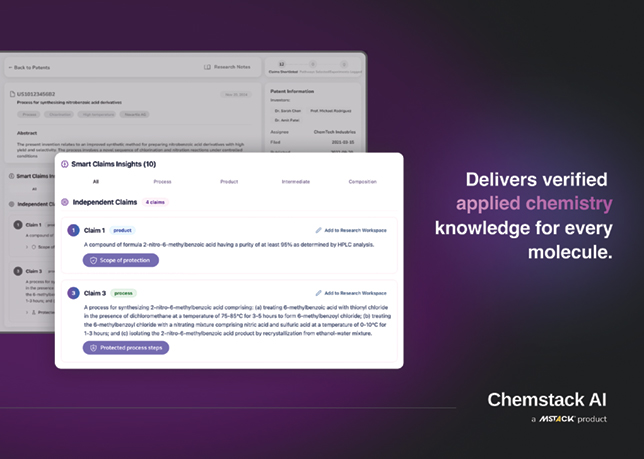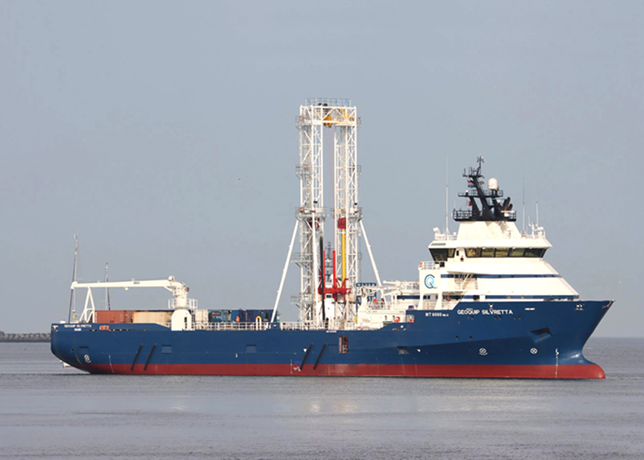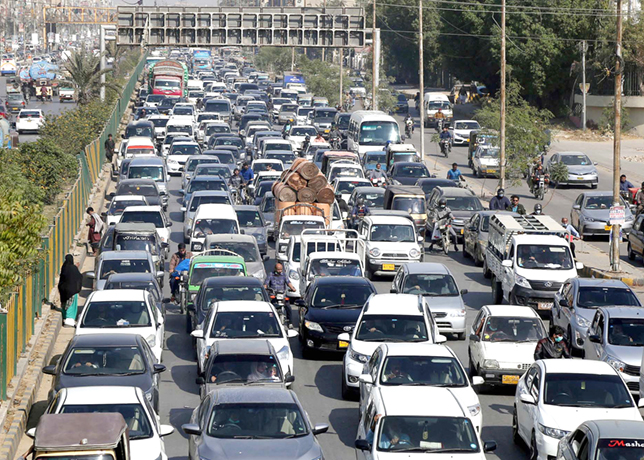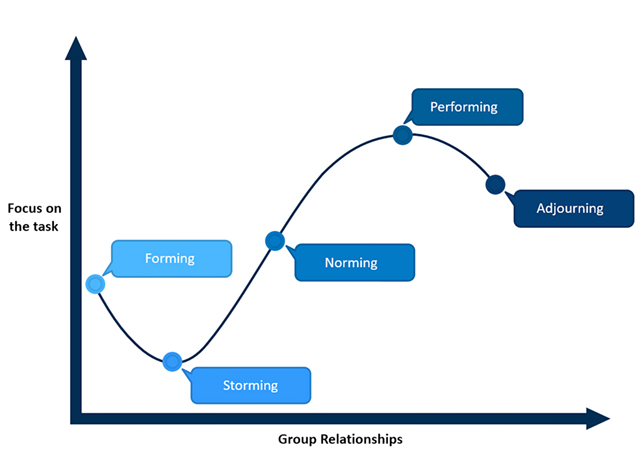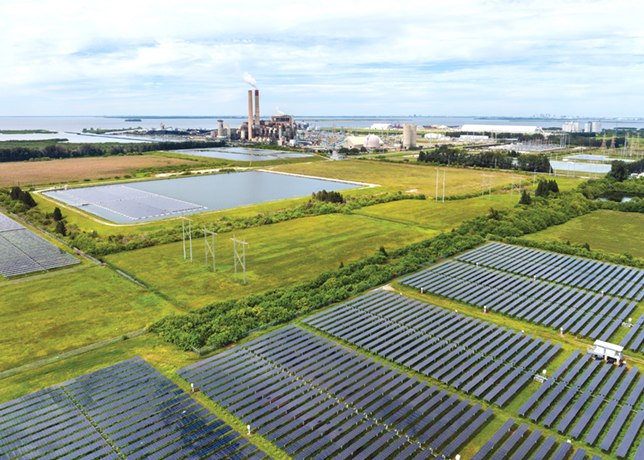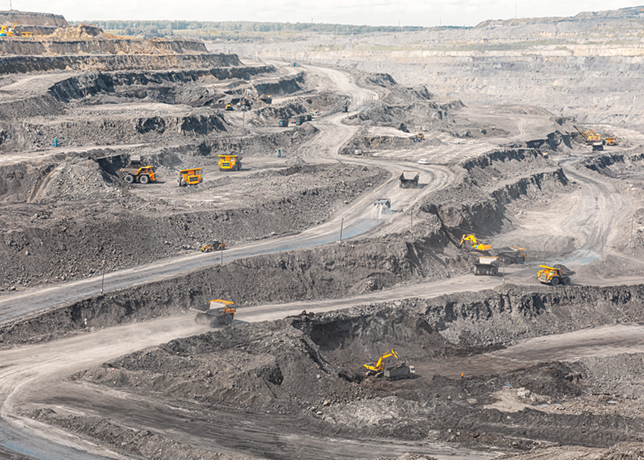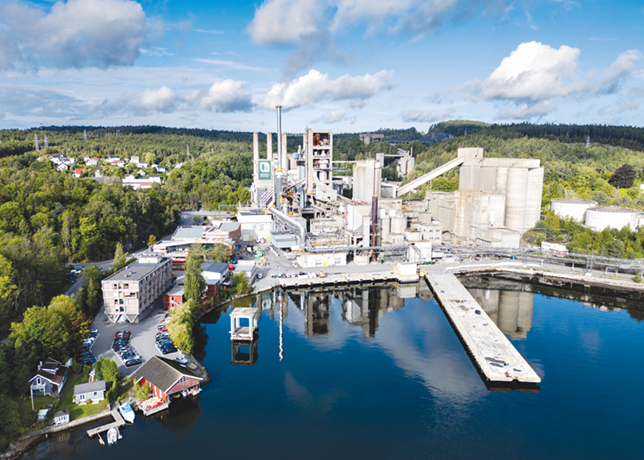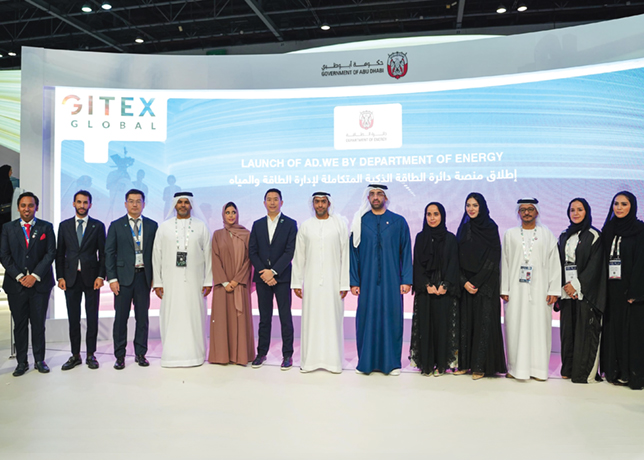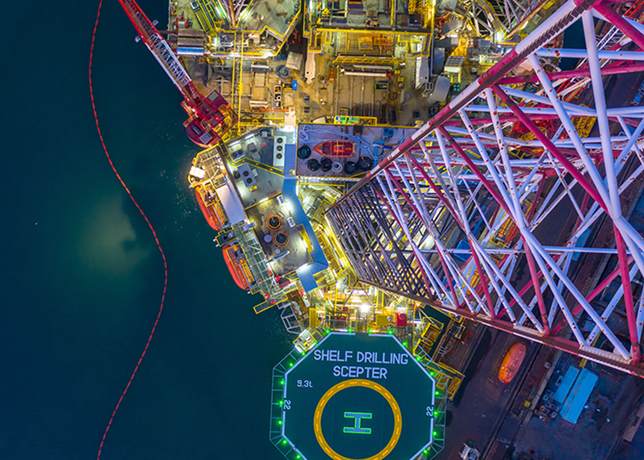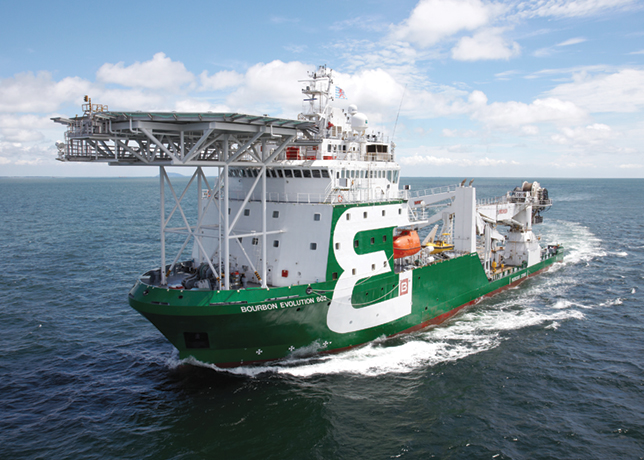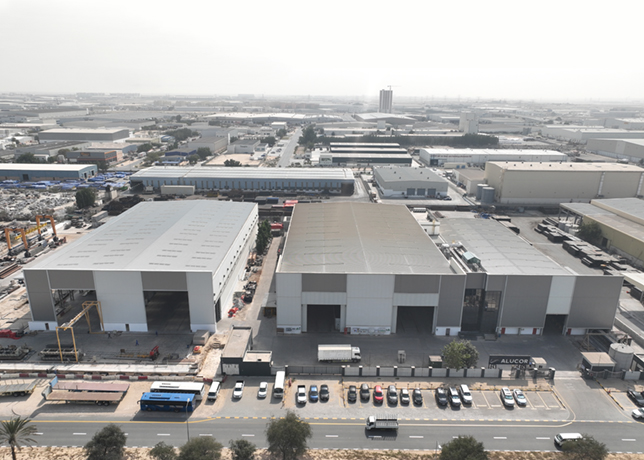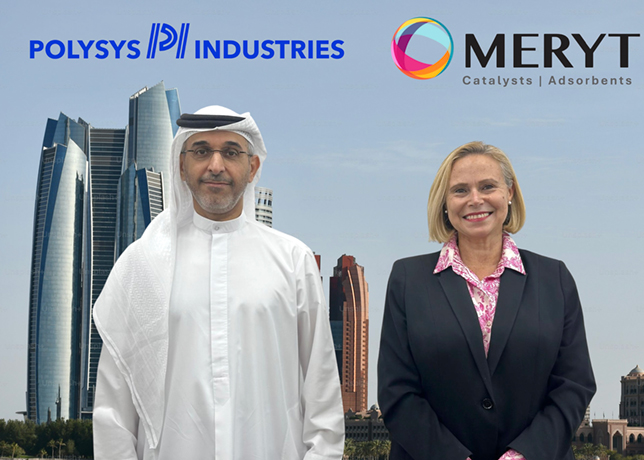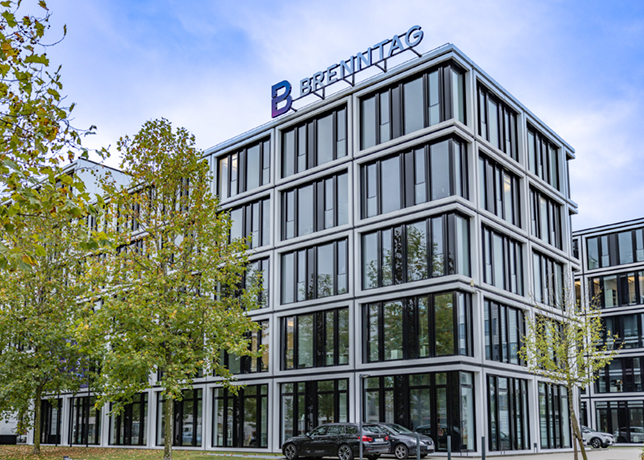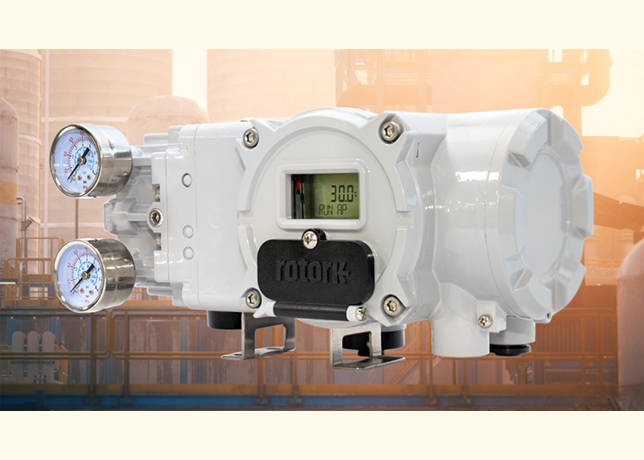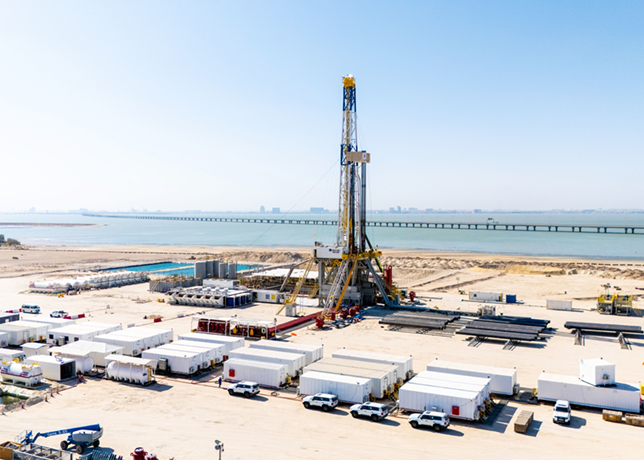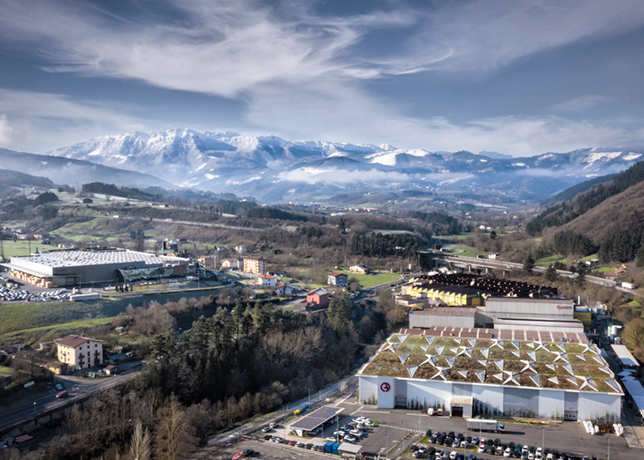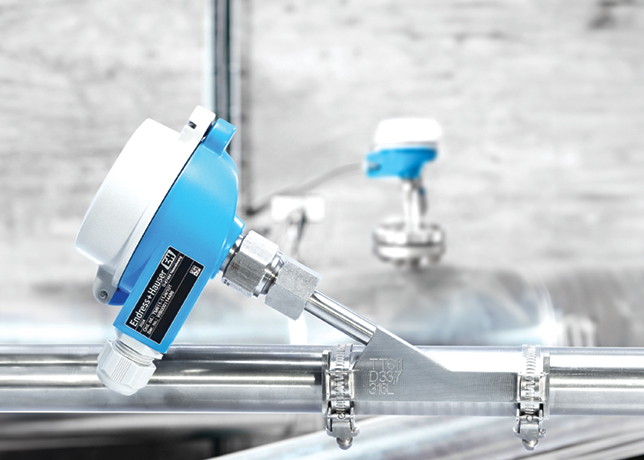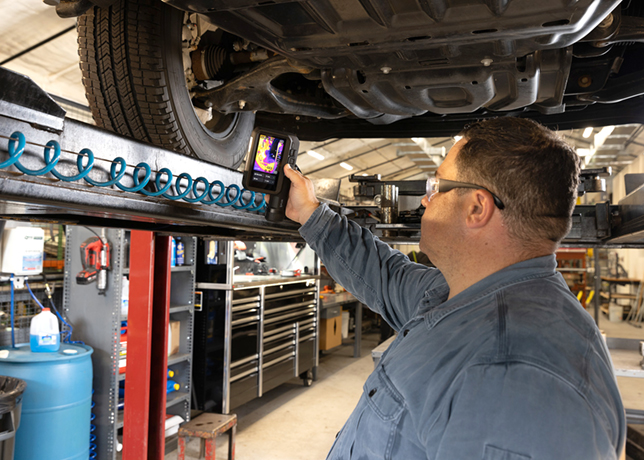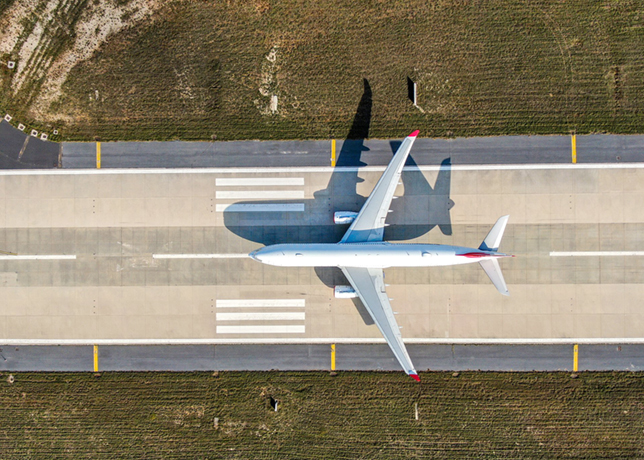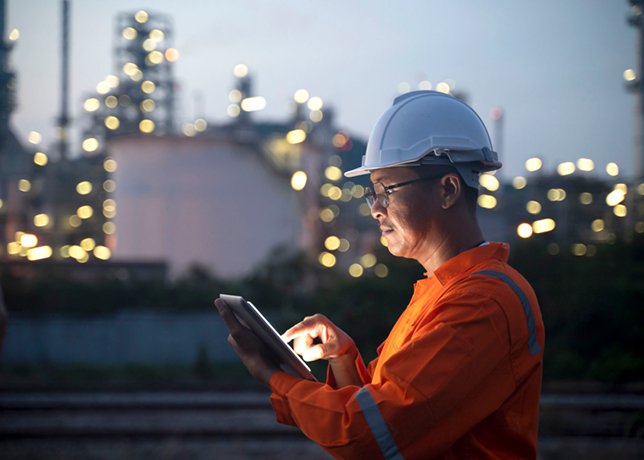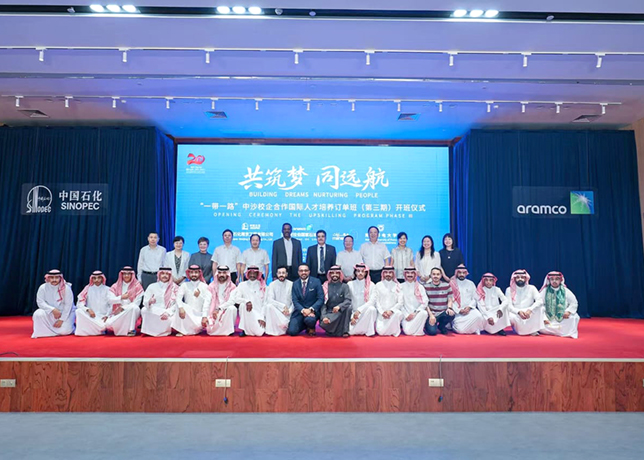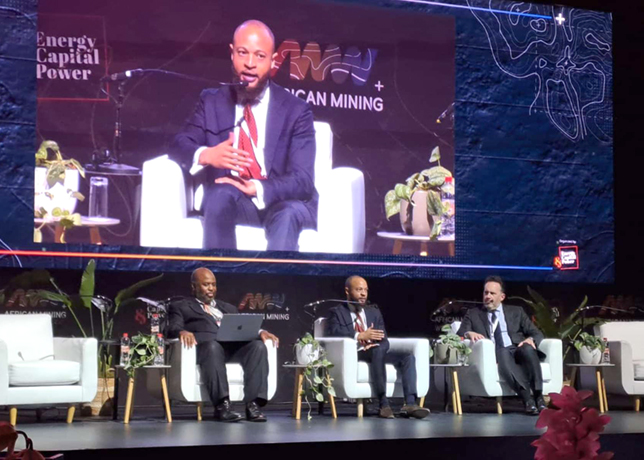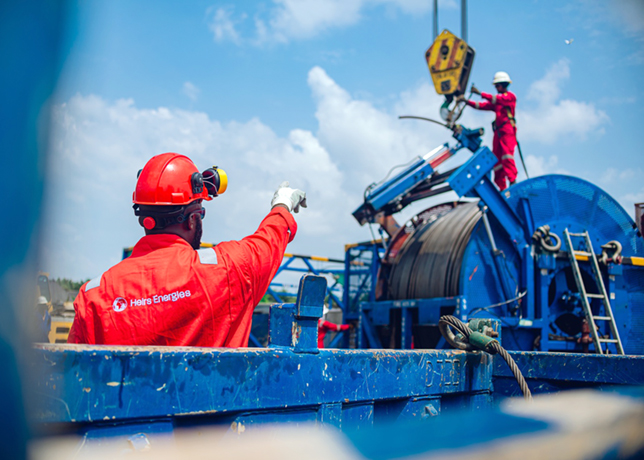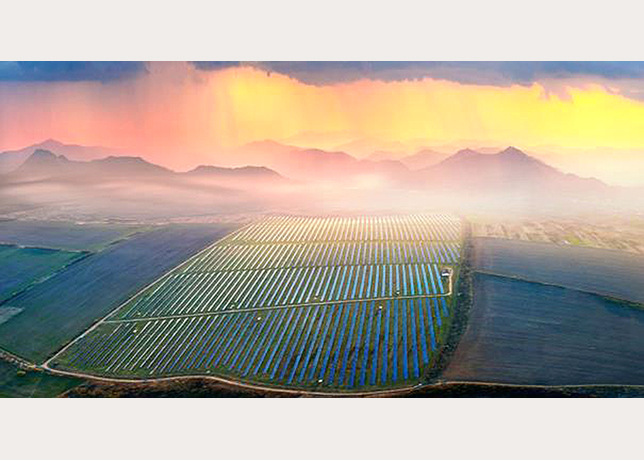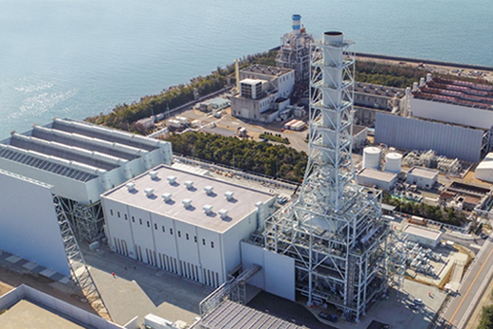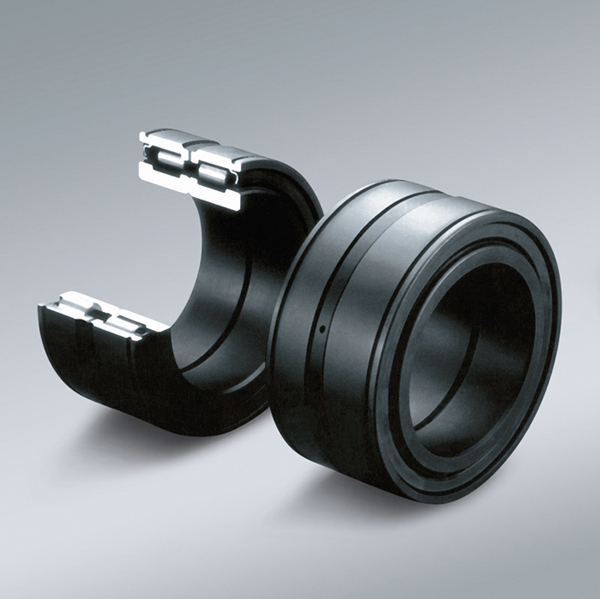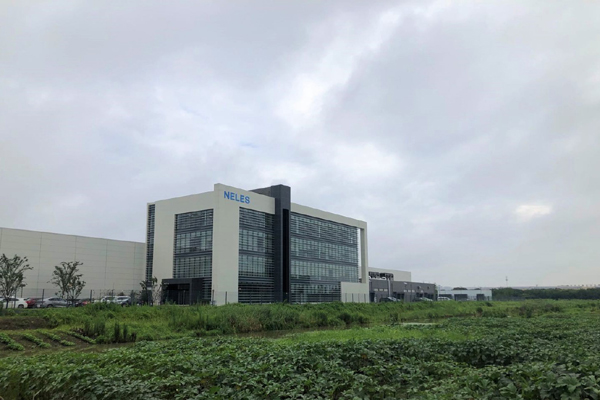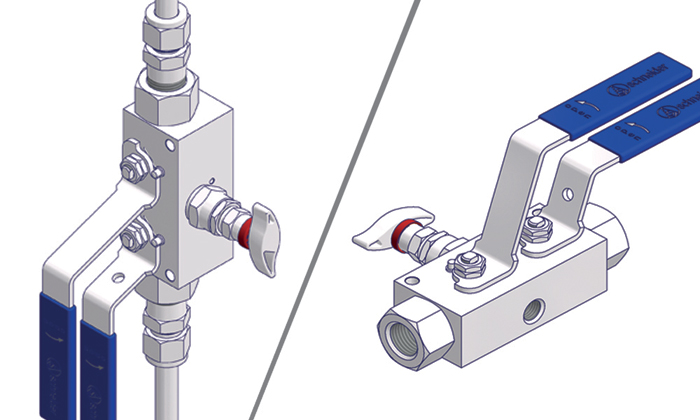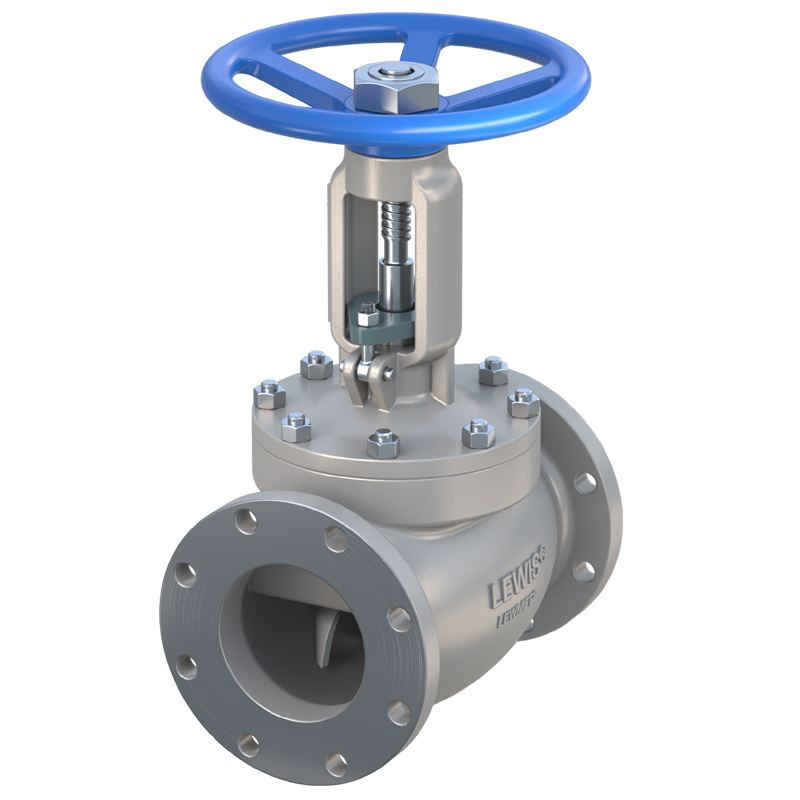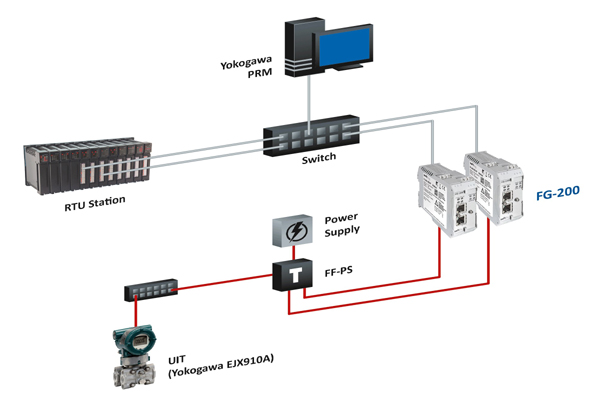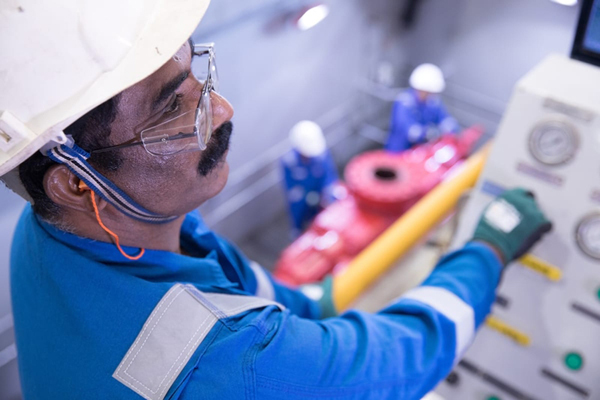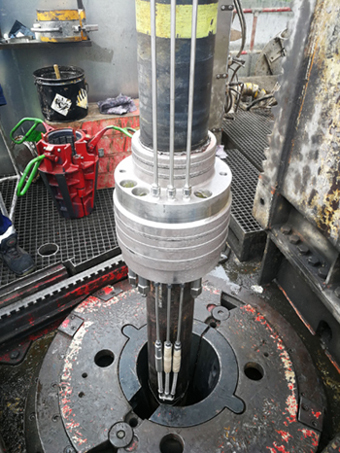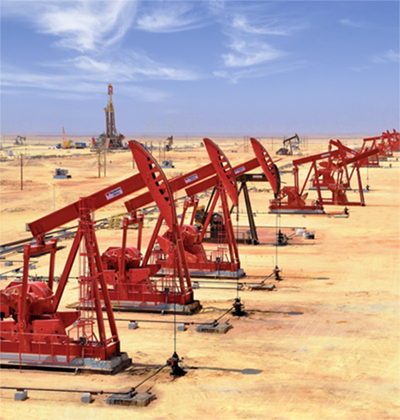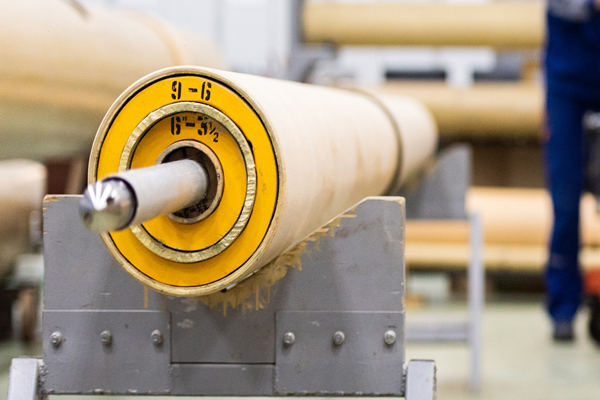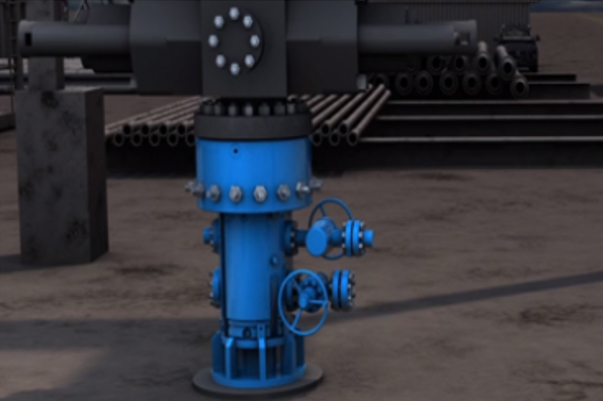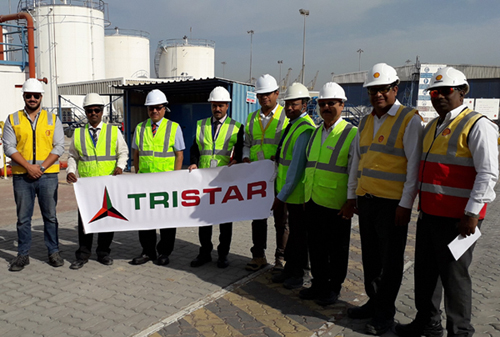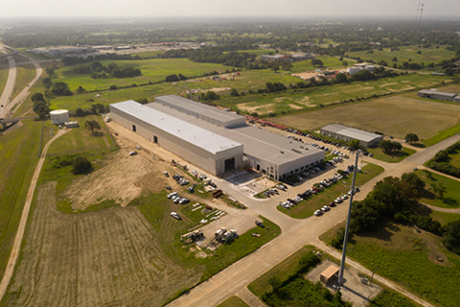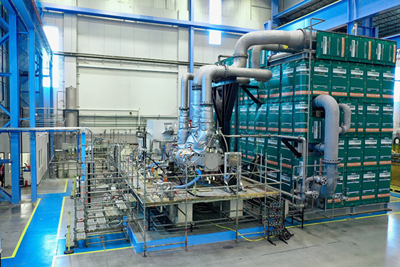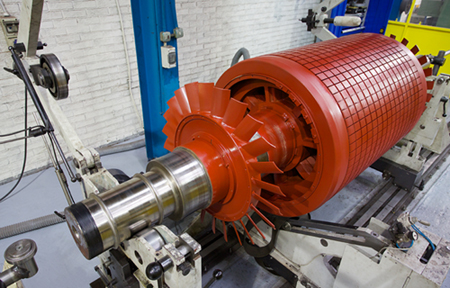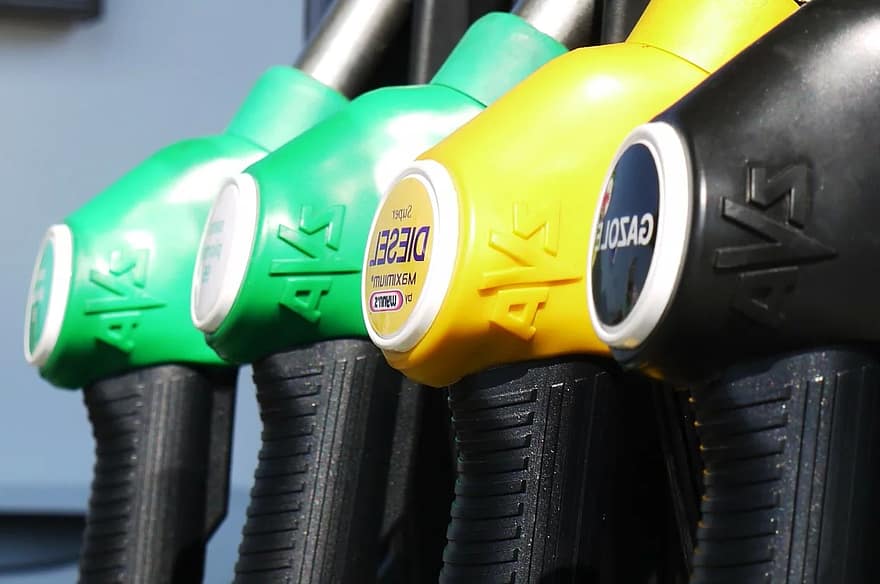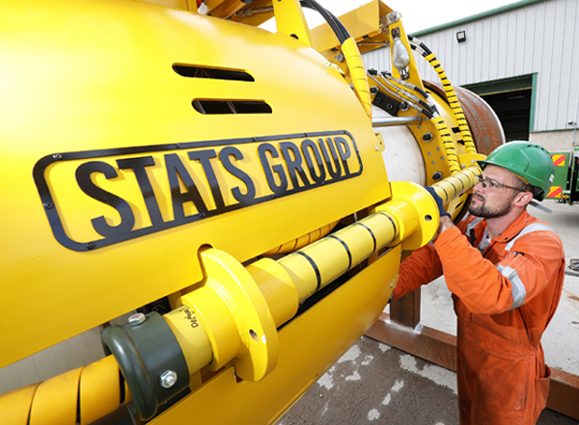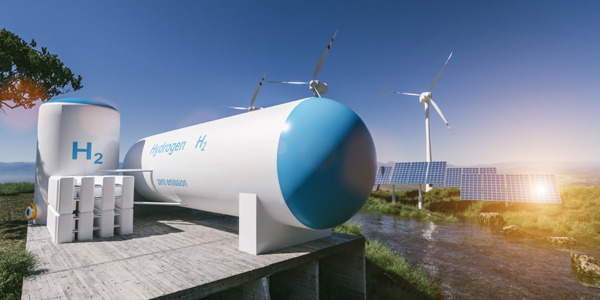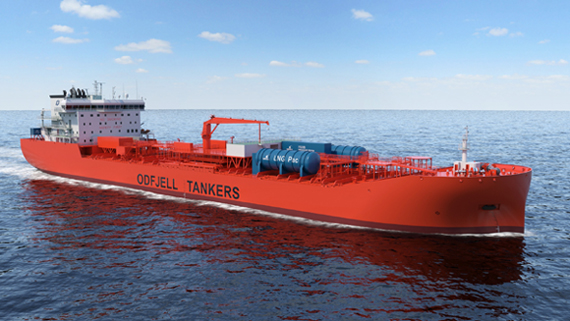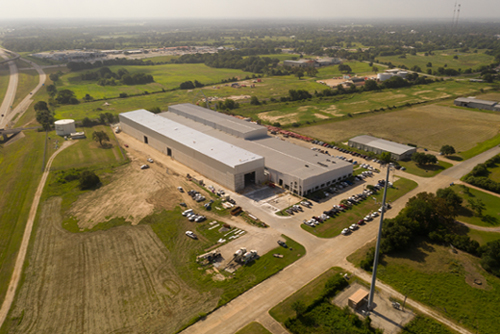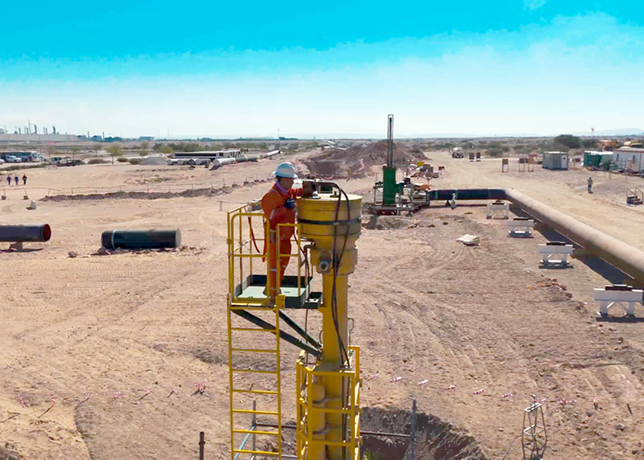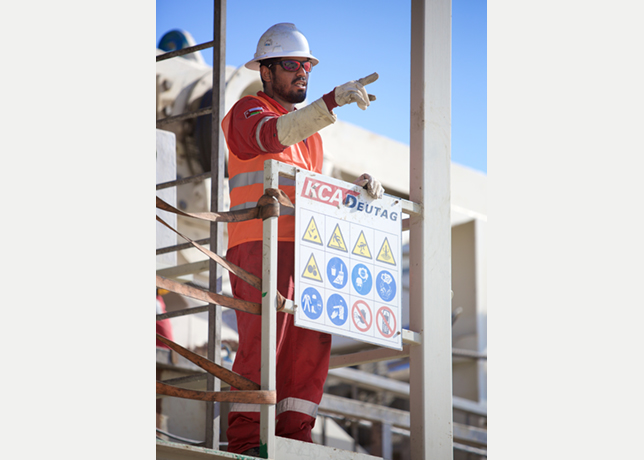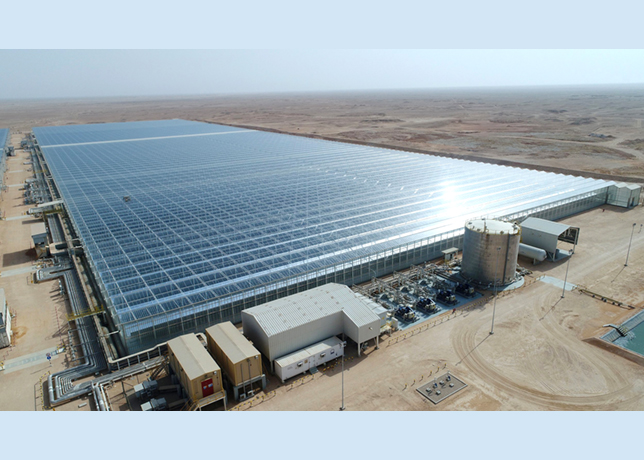
 Meriem Debbabi
Meriem Debbabi
The democratisation of AMRs presents a game-changing opportunity for the Middle East’s energy sector, but realising its full potential requires a holistic approach to optimisation, Meriem Debbabi, Head of Industrial and Consumer - MENA, Endava, tells OGN
Autonomous Mobile Robots (AMRs) are transforming the energy sector, bringing automation to tasks that are repetitive, costly and often hazardous.
From offshore oil platforms to refineries and power plants, AMRs are stepping in to improve efficiency, reduce human risk, and enhance operational visibility.
Until recently, however, deploying robotics at scale required heavy upfront investment, deep technical expertise, and a significant maintenance burden, making widespread adoption a challenge.
But this is rapidly changing. Advances in AI, cloud computing and robotics-as-a-service (RaaS) models have significantly lowered the barrier to entry.
AMRs are now more accessible, programmable and adaptable than ever, with off-the-shelf solutions readily available for industry-specific applications.
As a result, the industrial robotics market in the Middle East is expanding rapidly.
In Saudi Arabia, for example, revenue was forecast to reach more than $18 million last year and is projected to grow at an annual rate of 1.5 per cent over the next four years, according to research consultancy Statista.
Moreover, we’re already seeing this growth translate into real-world adoption. It’s not uncommon in the Middle East to now see autonomous inspection robots deployed at large-scale oil refineries and offshore platforms to conduct routine safety checks, detect gas leaks, and monitor equipment health in hazardous environments.
This shift is exciting, but if energy companies hope to realise the full potential of powerful new off-the-shelf robotics solutions, they must first take a structured approach to ensure AMR adoption delivers tangible value. Here are five key prerequisites for success.
MODERNISING THE TECH STACK
For AMRs to function seamlessly, they need an ecosystem that can support real-time data capture, processing and transmission.
Many brownfield energy sites still rely on outdated hardware, with sensor readings requiring manual interpretation. This creates a bottleneck in automation and increases the risk of human error.
Upgrading to modern industrial IoT (IIoT) infrastructure is a crucial step in the modernisation journey.
Sensors must be able to transmit data securely and reliably, and enterprise systems must be equipped to handle a constant stream of real-time inputs from AMRs. Without this foundation, even the most advanced robotic solutions will struggle to deliver their full potential.
This underscores the importance of establishing a well-defined roadmap — short-term, mid-term, and long-term — that enables the enterprise to make informed investments at each stage of its modernisation journey.
Such a roadmap ensures the development of a future-proof strategy that evolves in tandem with rapidly advancing technologies.
BUILDING A ROBUST DATA STRATEGY
Data is at the heart of AMR-driven optimisation. Whether it’s for simple reporting or training sophisticated AI models, the reliability of insights depends entirely on how data is collected, stored and managed.
Energy companies need to select data platforms that align with their operational needs, balancing security, scalability and interoperability with existing enterprise systems.
Equally important is integration. A patchwork of disconnected tools will create inefficiencies and data silos, reducing the value of AMR-generated insights. On the other hand, a well-designed architecture that fits into the company’s broader digital strategy will determine whether modernisation efforts succeed or fail.
ADDRESSING CYBERSECURITY RISKS
As AMRs become more tightly integrated into enterprise systems, they inevitably expand the attack surface for cybercriminals.
The region’s energy sector is already a prime target for cyberattacks, with oil and gas infrastructure frequently facing threats from ransomware groups and nation-state actors.
The addition of autonomous robots, with their connectivity, data-sharing capabilities and potential to cause physical damage to facilities, introduces new vulnerabilities.
A comprehensive cybersecurity strategy is, therefore, prerequisite and must include robust access controls, end-to-end encryption and continuous monitoring of AMR communications.
Energy firms should also consider segmenting networks to limit the potential impact of a breach and ensure that cybersecurity protocols extend to every layer of AMR deployment, from edge devices to cloud platforms.
EMBRACING AI FOR ENHANCED AUTOMATION
It should come as no surprise that artificial intelligence (AI) is set to transform the energy sector; after all, one would be hard pressed to think of an industry that won’t be.
Augmenting AMRs with the power of AI can enable them to autonomously adjust their routes, detect anomalies, and even predict maintenance needs before issues arise.
But to fully harness this capability, companies must invest in the right ML tools and skillsets.
This also raises considerations around edge computing. Many energy operations take place in remote or high-risk environments where real-time decision-making is critical.
Instead of relying on cloud-based processing, deploying AI at the edge — where data is processed on-site — ensures rapid response times, reducing latency and improving operational efficiency.
TAKING A HOLISTIC VIEW OF THE VALUE CHAIN
Optimising individual processes in isolation can yield short-term gains, but true transformation comes from a holistic, end-to-end approach.
Energy companies must consider how AMR deployment aligns with their broader objectives, whether it’s improving safety, reducing emissions, or optimising asset performance.
Take decarbonisation as an example. A company looking to cut its carbon footprint needs full visibility across the upstream, midstream and downstream value chain.
AMRs could be used to identify emission hotspots, analyse intervention costs, and pinpoint where investments in automation would have the highest impact.
By thinking strategically about AMR deployment, energy firms can ensure they prioritise the most effective and cost-efficient automation projects.
VOTE OF TRUST
The democratisation of AMRs presents a game-changing opportunity for the Middle East’s energy sector, but realising its full potential requires more than just deploying robots on-site.
A modernised tech stack, a robust data strategy, strong cybersecurity, AI-driven automation, and a holistic approach to optimisation are all essential ingredients for success.
As the region continues its push towards digital transformation, energy leaders who prepare now will be best positioned to reap the rewards of this new era in automation.
By Abdulaziz Khattak



